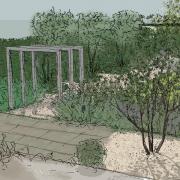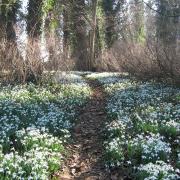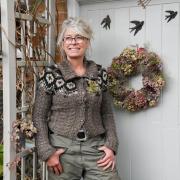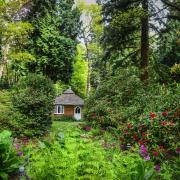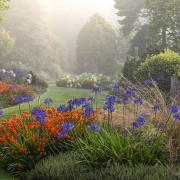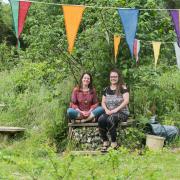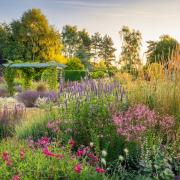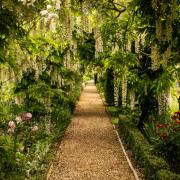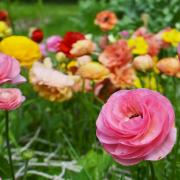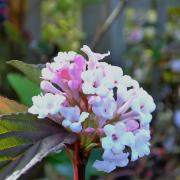Garden expert Keith Clouting, from Taverham Nursery Centre, shares his top tips for August

One of the advantages of the mild winter this year is that some of the more tender plants in the garden have come through without being frosted back or even killed as they normally would be. One of the most spectacular has been Salvia guaranitica (Anise Sage) which in most years is cut back to the ground by the weather but this year has come through with 2m of growth and has even flowered on and off throughout the winter.
Its large tubular flowers are a striking electric blue emerging from black calyces borne on showy inflorescences up to 30cm long on a plant reaching 2.4m tall by 1.5m across. There have been several excellent hybrids raised from S.guaranitica including the award winning ‘Salvia’Amistad another large plant which has the same near black calyces but with rich, silky purple flowers which are produced over a long period in summer and autumn.
Another gem is S.g.‘Amante’ which is the latest hybrid to be released and set to become as popular as Amistad, it’s a real genetic breakthrough in terms of colour for the species, the flowers being fuchsia red with a pink lip. All these Salvias enjoy a sunny site in well-drained soil and given a good mulch in autumn then if frosted back should reshoot from the base in early spring, alternatively they can be cut back, potted and stored in a cold greenhouse or I as prefer take a few cuttings in late summer or autumn as an insurance policy and grow them on in case the mother plant doesn’t make it through.

PLANT OF THE MONTH
Hibiscus trionum
For me this is one of the stand out bedding plants for the garden, it produces many pale creamy-white flowers with amazing chocolate purple centres and golden yellow anthers these are followed by papery seed capsules which look like little lanterns and look particularly attractive when back lit by the sun. Although technically a perennial, Hibiscus trionum is best treated as an annual flowering and setting seed in one season, they are best grown in a sunny position in well-drained fertile soil they also make excellent container plants which can be placed around the garden for some extra summer colour.
QUESTION TIME
I would like to grow a rose on my north-facing wall; are there any varieties which would be suitable?
Yes there are some excellent varieties which will grow surprisingly well with just a few hours sun a day. One of the finest is R.Felicite Perpetue which has semi evergreen foliage on almost thornless stems with large clusters of strongly scented pompom blooms which open pale pink ageing to a creamy-white. Other good varieties include R. ‘Maigold’ which has scented semi-double bronzy-yellow bloom, R. ‘Mermaid’ which has single primrose yellow flowers or the superb old rambling rose ‘Albertine’, which has deep pink to salmon blooms with hints of copper.
Catch up with Keith
The new growth on established Wisteria plants should be cut back to five or six buds from the main stem to encourage more flowers. On young specimens tie in this new growth to extend the plant’s framework.
Autumn flowering bulbs such as Colchicum and Nerines can be planted now.
The fruited stems of summer raspberries can be pruned back to ground level.
Cut back some of the leaves on grape vines to allow the sun to ripen the fruit.
Keep bird baths topped up to help the wildlife; the birds attracted will in turn help you by eating many pests.





